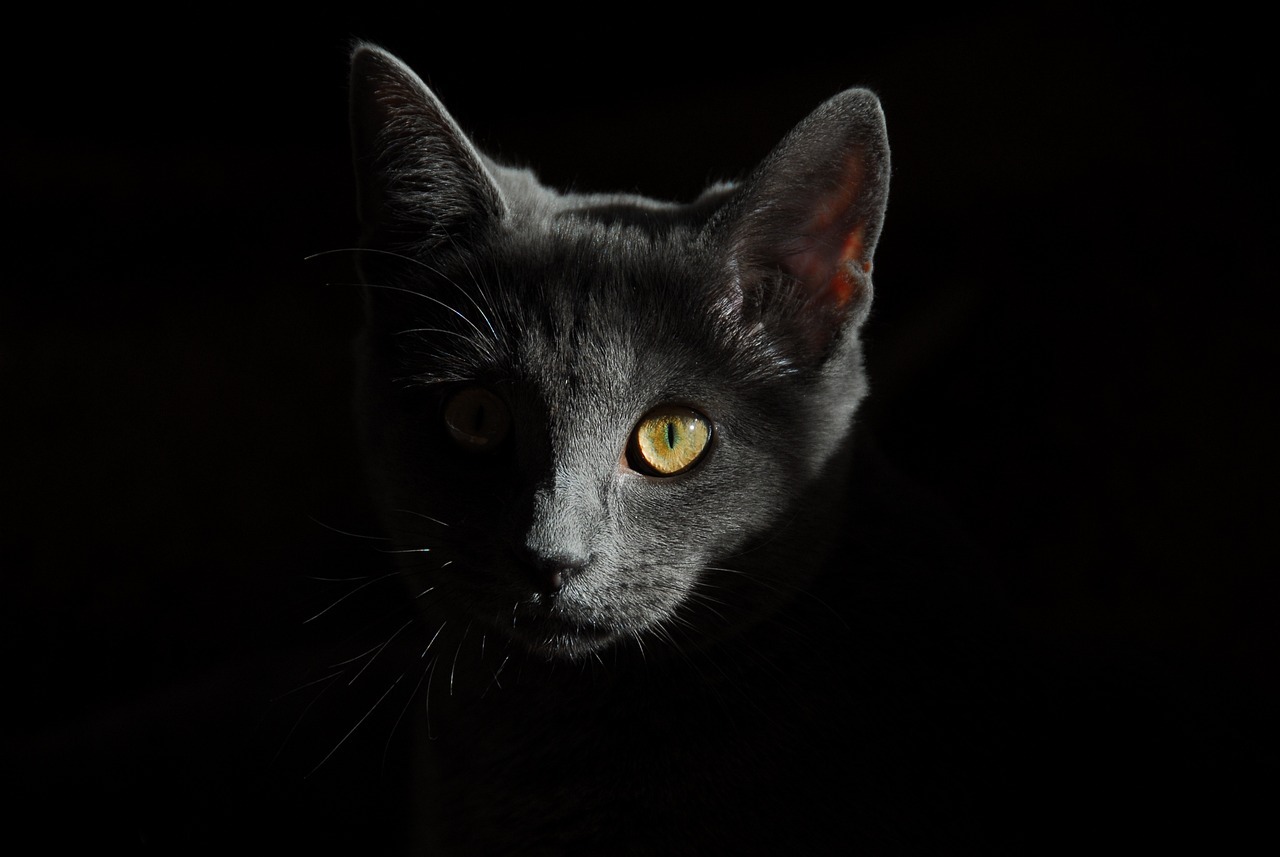When your cat or any other pet gets fleas, you immediately feel uncomfortable and worried. This reaction is a positive one, as it will encourage you to take action right away. Fleas are not just bothersome for cats, but they’re also instrumental in bringing about health issues to the animal.
If you have a cat that’s suffering from fleas or are anticipating this occurrence in the future, it’s time to look at the treatments you have available. Quality flea control products are available in the market, but they’re not a final solution for every single cat out there.
For instance, you can’t use dog flea spray for your cat. Nor can you use sprays for every kind of cat. Some might be afraid of the sound and feel of spray, so you may have to look at tablets, collars, topical solutions, etc. Stay up to date with what flea treatments are open to you by reading on below:
Oral Medications
Your vet might suggest that your cat take an oral medication to get rid of its fleas. Some home remedies might include mixing a little cumin in the cat’s food so that its skin naturally repulses fleas. If you’ve had no luck with the natural method, though, a tablet might provide quick and effective relief.
The Novartis Capstar flea tablets could kill off fleas from a small domestic animal in a matter of hours. However, such options aren’t a stand-in for long-term treatment, so make sure you figure out a way to ensure your pet’s comfort more permanently.
Plus, such tablets are usually only for killing off adult fleas and not their offspring. This means that we’d have to combine them with some other treatment at some point in any case.
Flea Collars
If a cat is averse to sprays, medication, and other similar methods, a flea collar might be the only solution. The Bayer Seresto Flea and Tick Collar for Cats is a great option in this category. Unlike topical treatments, it has an odorless formula and isn’t greasy either. This makes the cat more comfortable while also getting rid of fleas, their larvae, and the eggs in one go.
This flea collar provides protection for up to eight months, with a low release of the active ingredients. While flea collars might have a bad reputation due to the use of chemicals, the newer versions have become much safer now. If you’re worried about allergies, make sure to consult your vet before ordering any kind of flea collar.
Flea Shampoo
You can make your cat used to getting a bath, which might be necessary if the flea infestations keep returning. The Sentry PurrScription’s flea and tick shampoo has a formulation that can easily kill lice, fleas, ticks that might be plaguing your cat. What’s even better is the coconut berry fragrance that leaves your kitty with an amazing smell.
Many flea shampoos might visibly kill off fleas after just a few minutes of use. You may have to repeat the shampooing session if there’s a heavy infestation. Use a good quality shampoo, and you’d notice a softer and fluffier coat as well.
A Yard Treatment
If not focusing on the outdoors as well, all your flea treatment efforts might be going to waste very soon. Fortunately, we do have options like the Vet’s Best Flea & Tick Yard & Kennel Spray to make things easier and more convenient for cat owners.
All we have to do with such items is to connect it to a hose and treat the yard all at once. As a result, your outdoor space will be safe for your cat as well as your family. There’d be little chance of any flea getting in your child’s clothing or being tracked into your living space.
You might want to ensure that any spray you use has essential oils and other plant-based ingredients. If it does, we know that it’s safe for use on flowers, shrubbery, and trees. Such a combination is also best if you have small kids at home.
The recommendation above is also reported to be excellent for doing away with ticks, which can be a huge problem if they’re allowed to spread. While the peppermint smell can be a trifle strong, we’d be willing to put up with it as long as the spray works.
Using a Waterless Shampoo
Vet’s Best Flea & Tick Waterless Bath for Cats is a nice alternative if your cat is a picky one. Waterless shampoos only require you to apply the formula on the cat’s skin right from the bottle. The contents will clean the cat’s coat along with killing all manner of pests.
Using a Spray
If you get a good cat spray for fighting fleas, you can use it in two ways. The Bayer Advantage Flea and Tick Treatment Spray can be used directly on the cat as well as your own home. Spray it directly on the bedding, furniture, and even the tiniest cracks in your doors. Overall, it’s a valuable tool in your arsenal against flea problems.
You can also utilize such sprays on the pet’s bedding, the porch, and any place where your feline might visit. While the smell of these sprays might not always be pleasant, they’re an effective option against those horrible fleas.
Topical Application
If your cat is tolerant of getting a topical treatment, the Bayer Advantage II is among the top recommendations in the market. All you have to do is apply the solution to the pet’s coat and leave it there. No rinsing or wiping is required; plus, the solution is effective for up to four weeks. We might even see a visible difference in around 12 hours.
When we apply such products to the neck of the cat, it can kill fleas right on contact without letting them bite any further. You may want to look for a waterproof, fragrance-free formula that also kills the eggs and larvae along with the adult fleas. Finally, the volume of the can or bottle you buy should be according to the weight and size of your cat.
Using a Flea Comb
Regular combing and brushing are necessary if you want to prevent fleas from returning and attacking your cat. Something like the Safari Flea Comb for Cats could be your best option in this reward. In addition to all the topical and medicinal treatments out there, most cat owners should take the precaution of regular brushing sessions.
Thorough brushing and combing will ensure that every last flea and its eggs get out of the cat’s hair. When you’re combing, focus on certain areas such as the neck, the tail, and the ears. These places are where the fleas are most active.
Conclusion
At the end of the day, what really matters is that you keep on attacking the fleas until they’re all gone. The next step is to prevent those pests from coming back. Regular combing, washing, and cleaning will help to protect your pet. At the same time, you need to up your housework a bit in order to minimize the harm from fleas as much as possible. It might be difficult at first, but the extra precautions will soon become part of your healthcare routine.
Guide created by Serenity Pest Solutions

